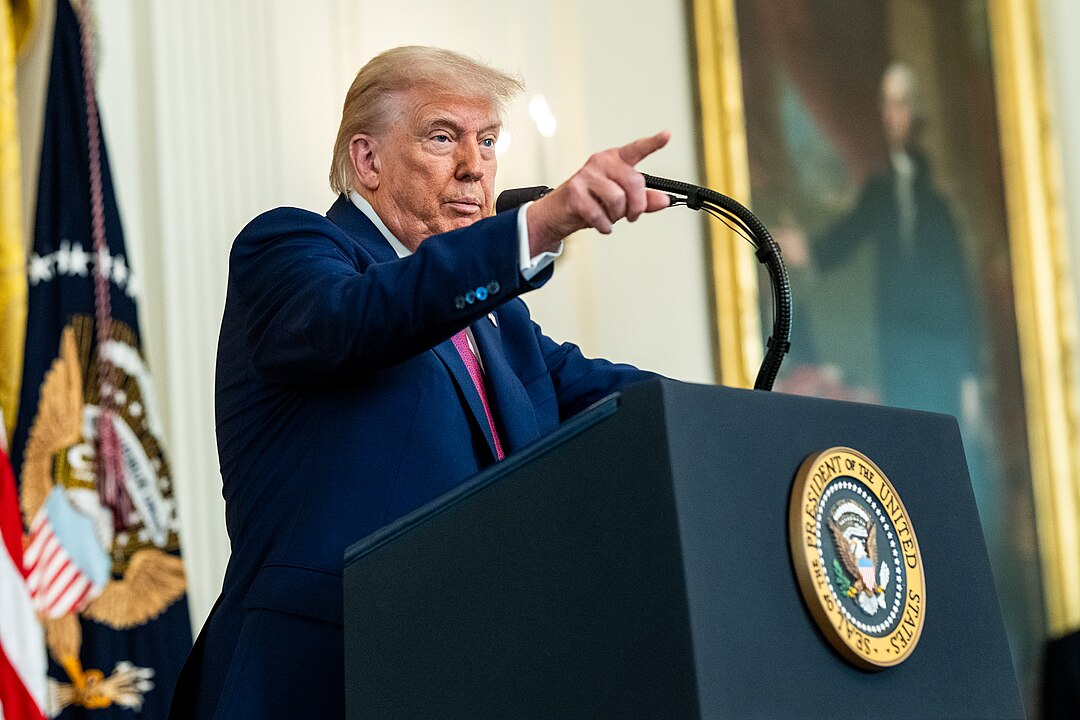On Thursday evening, the Republican-led Senate voted 53-45 to change chamber rules and speed up confirmation of President Trump’s executive-branch nominees. The change applies to non-judicial, non-Cabinet positions.
Under the new rule, the Senate can now group together multiple nominees and confirm them in a single vote, rather than holding time-consuming individual votes. GOP senators argued the old process had allowed Democrats to stall Trump’s picks through objections and procedural holds, leaving many positions vacant or “in limbo.”
Republicans said the change restores past Senate precedent, when non-controversial nominees were routinely approved by voice vote or unanimous consent. Judicial nominees and Cabinet-level officials are not affected by the change.
The Wall Street Journal continues:
Senate Majority Leader John Thune (R., S.D.) used a legislative procedure that allows a simple majority to override Senate rules and set a new precedent. Republicans hold a 53-47 majority in the Senate.
The change followed months of Senate Democrats blocking the use of voice votes or unanimous consent to confirm nominees, forcing Republicans to formally vote on each nominee individually. Speaking on the Senate floor Thursday, Thune said every president before Trump had a majority of their nominees confirmed by voice vote or unanimous consent. He said the Senate would have to cast another 600 votes to work through the backlog of nominees.
“Do you guys like the fact that we’re a personnel department? That the Senate spends two-thirds of its time on nominees?” he asked.
Senate Minority Leader Chuck Schumer (D., N.Y.) said the “historically bad” nominees deserved more scrutiny.
What it means / what’s different
- A change to reduce the ability of the minority party to delay confirmations of certain nominees, by allowing these bundled votes.
- The “nuclear option” is being invoked: this is the Senate maneuver to override existing rules with a simple majority when the full supermajority (60 votes, etc.) cannot be obtained. This has precedent: e.g., Democrats used it in 2013 for executive branch & lower court judicial nominees; Republicans used it in 2017 for Supreme Court nominations.




